In March 2024, Affinity (originally developed by Serif Europe) was acquired by Canva — a landmark move that signals a bold evolution in the tools available for ecommerce visual production. Fast-forward to October 30 2025, and Canva’s major “Creative Freedom” keynote revealed that Affinity will now be offered as a unified, all-in-one app that is “free forever” for all users — including professional photographers and designers. By combining Canva’s ultra-accessible, collaborative design platform with Affinity’s professional-grade photo-editing and layout power, brands now have the opportunity to build workflows that span lightning-fast campaign creation through Canva and pixel-precise retouching via Affinity. The result? A future where photo retouching isn’t the bottleneck, but a strategic asset — driving brand consistency, design efficiency, and visual impact across every ecommerce touchpoint.
Importance of Canva Affinity for Ecommerce
Enhancing Brand Visuals
Visual content is the front line of ecommerce. Customers make snap judgments based on how a product looks before they even read the description. That’s where a combined Canva and Affinity workflow starts to shine.
Canva handles quick iterations — social graphics, email headers, product callouts — with intuitive drag-and-drop simplicity. Affinity, on the other hand, brings pro-level control for texture, lighting, and layout precision. Together, they allow brands to keep visuals on-brand without losing speed.
This matters more than ever. On fast-moving platforms like Instagram or TikTok Shop, your visuals are your storefront. If your product photos feel generic or inconsistent, you lose the scroll war. Canva gives you the scaffolding. Affinity gives you the craftsmanship.
Streamlining Design Workflows
Designing for ecommerce is a grind. Teams need to hit daily content deadlines across at least five platforms. What you need is a workflow where nothing gets stuck — not in approvals, not in format conversions, not in editing delays.
Canva’s cloud-based templates make it easy for marketers to start or repurpose assets. Affinity steps in for more finesse: batch retouching, layered composites, or detailed mockups with clean typography and perfect shadows.
Instead of bouncing between completely different workflows, creatives can pass files between the two tools to keep things moving. Add Pixofix into the mix and now retouching becomes a seamless part of the pipeline, ensuring your product images stay story-rich and conversion-ready without bottlenecks.
Overview of Canva and Affinity
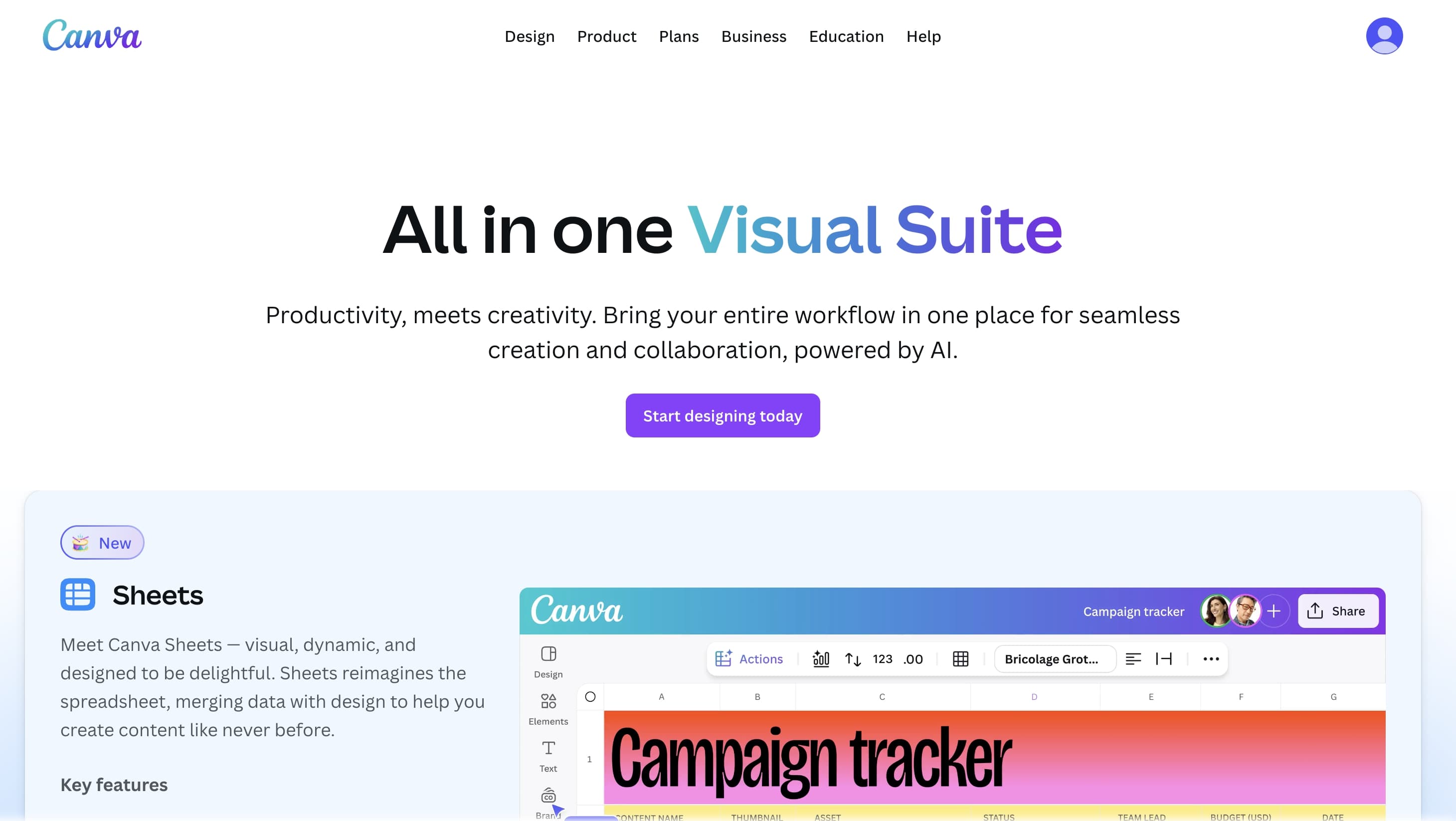
What Is Canva?
Canva is a design platform built for speed and access. It’s cloud-based, template-driven, and friendly even for non-designers. Marketers use it to whip up everything from product launch posts to email banners, often in minutes.
What made Canva pop wasn’t just the interface. It was the shareability. Whole teams can write, comment, and tweak live projects. That matters in ecommerce, where time-to-post is everything.

What Is Affinity?
Affinity is a suite of professional design apps — Photo, Designer, and Publisher — built as an alt to Adobe tools without the subscription lock-in. Affinity Photo focuses on photo editing and retouching. Affinity Designer takes vector work and UI layout deeper. And Publisher covers multi-page layouts for print or digital catalogs.
These tools shine when precision matters. Think pixel-level masking, branded mockups, or custom adjustments that go way beyond filters. For ecommerce brands, Affinity adds professionalism where Canva’s limits appear.
Key Features of Each Platform
Canva:
- Cloud-based team workspace
- Drag-and-drop interface
- Thousands of ecommerce-ready templates
- Brand kits for consistent fonts, color, and logos
- AI and automation tools for resizing and editing
Affinity:
- Offline, high-performance editing
- Advanced tools for color grading, masking, and layering
- True control for product retouching and branded content
- Compatibility with industry standards like PSD, RAW, and EPS
- One-time purchase pricing — no ongoing subscription
Using both tools lets ecommerce teams move fast, without sacrificing visual depth or cross-channel consistency.
Benefits of Using Canva & Affinity Together
Integrated Design Capabilities
Separately, Canva and Affinity are solid. Together, they cover the full spectrum of ecommerce design needs. Canva gets you started. Affinity lets you finish strong.
For example, a product release campaign might begin in Canva with a visual direction and copy overlays. But once you move into polishing hero images or creating detailed mockups, Affinity takes over. You get the power to retouch texture, fold branding into packaging, and build high-res assets for print.
The blend works because it reflects how ecommerce creative teams actually work: fast, collaborative starts followed by expert-level refinement.
Enhanced Collaboration Features
Canva wins on collaboration. It allows teams to collaborate in real-time, leave comments, update brand kits, and push live files without emailing folders. Affinity’s strength is solo craft — the kind of deep work photo editors or designers do when the brand demands precision.
Used together, they create a pipeline where design moves from idea to asset without friction. You kick it off in Canva, hand it off to an Affinity editor or team like Pixofix for retouching, and then drop the final asset right back into your Canva campaign board.
This kind of hybrid pipeline keeps everyone aligned — from marketing leads to creatives to ecommerce managers — and keeps the content machine running without sacrificing polish.
Setting Up Your Canva Affinity Workflow
Step-by-Step Guide to Integration
Creating a smooth workflow between Canva and Affinity means building a bridge between speed and precision. Here’s how to set it up:
Creating a Unified Design Environment
- Start in Canva by building your core templates: platforms, sizes, layouts.
- Define your brand kit so every asset — in Canva or Affinity — follows color, font, and logo rules.
- Export source files from Canva in high-res for editing in Affinity Photo or Designer.
- In Affinity, finesse the visual: clean product cutouts, lighting adjustments, or design-heavy details.
The goal is to make Canva your basecamp and Affinity your summit climb. Everything starts fast, but finishing touches live in a pro suite.
Teams working with Pixofix often take this further — dropping in raw product photography and getting back retouched, stylized imagery that fits perfectly back into your templates. This lets your workflow scale without sacrificing quality or control.
Sharing and Collaborating on Projects
Once the final asset is ready in Affinity, bring it back into Canva for full-circle collaboration:
- Upload your Affinity exports into Canva folders sorted by campaign or channel.
- Use Canva’s comments, approvals, and version tracking to speed up reviews.
- Hand off to social, email, or ad teams without delay.
This setup keeps your retouching and visual design steps cleanly integrated without drowning in file storage or back-and-forths. It cuts time without cutting corners.
Practical Applications for Ecommerce Brands
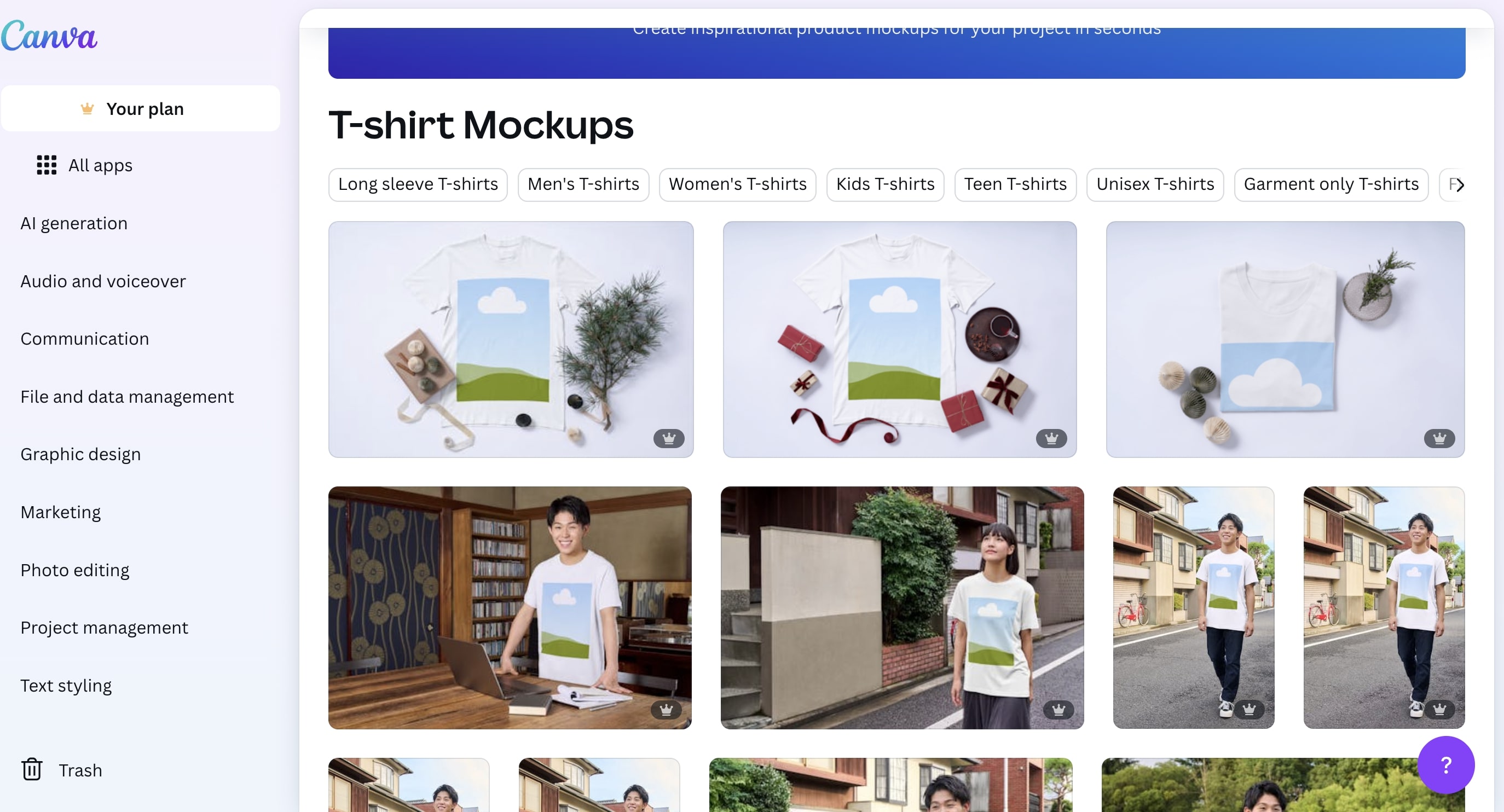
Designing Product Mockups
Mockups matter. Whether it’s packaging, apparel, or digital products, people won’t trust what they can’t visualize.
Affinity Designer lets you create sharp, layered mockups that pop — with shadows, reflections, and context. Once done, those can slide into Canva templates for campaigns, press kits, or landing pages.
Use this combination to keep your visuals real and aspirational at the same time. If your in-house team hits limits, Pixofix can step in with custom mockup creation blended perfectly into brand visuals.
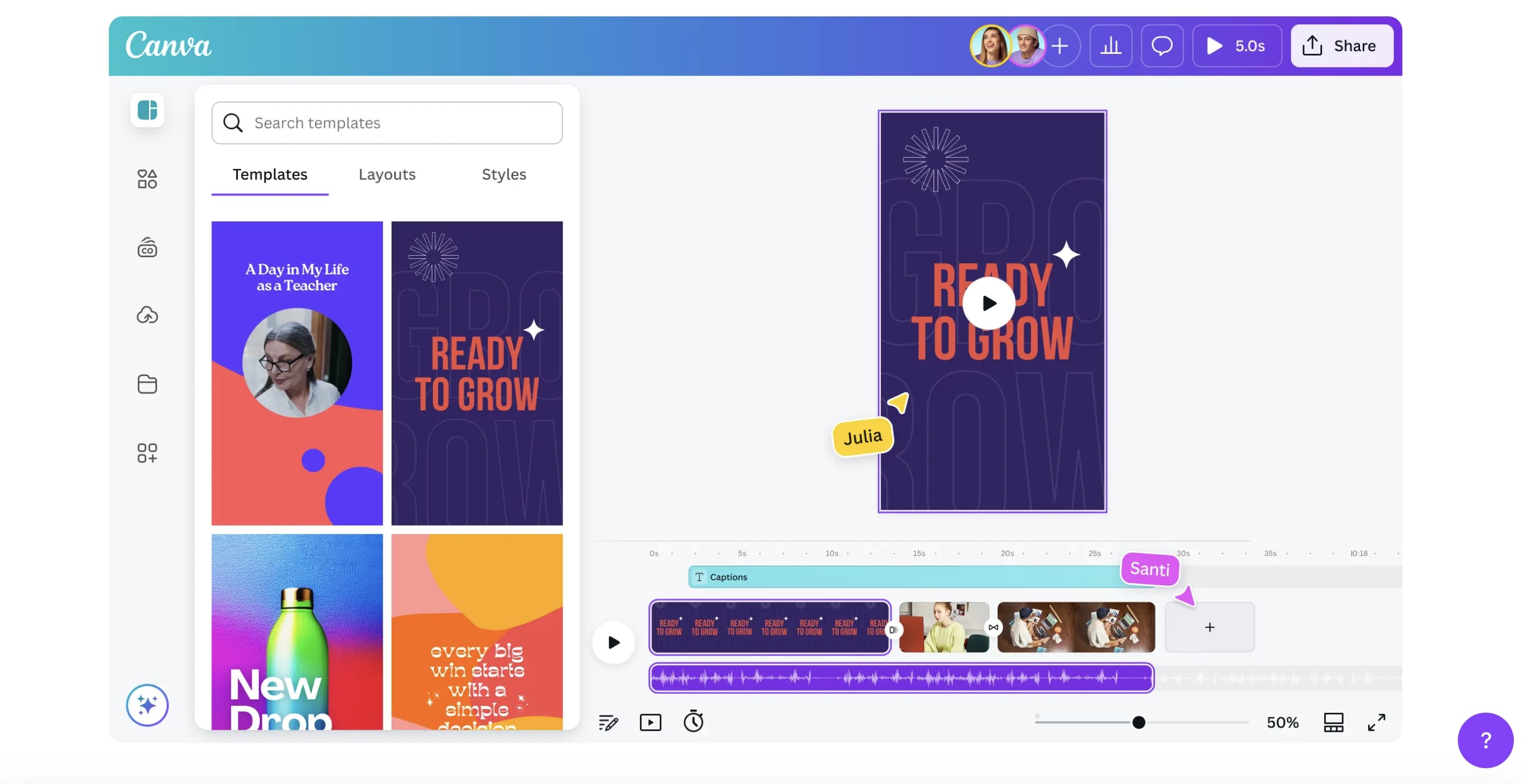
Creating Social Media Graphics
Social platforms demand fast, scroll-stopping content. Canva gives your team the edge with templates tailored for every feed.
But to really stand out, especially in crowded categories like fashion or DTC beauty, your product images need depth. That’s where Affinity Photo fixes color, softens shadows, and builds contrast in a way that grabs attention.
Once enhanced, popping those assets back into Canva ensures channel-ready, on-brand graphics — with that high-gloss finish shoppers trust.
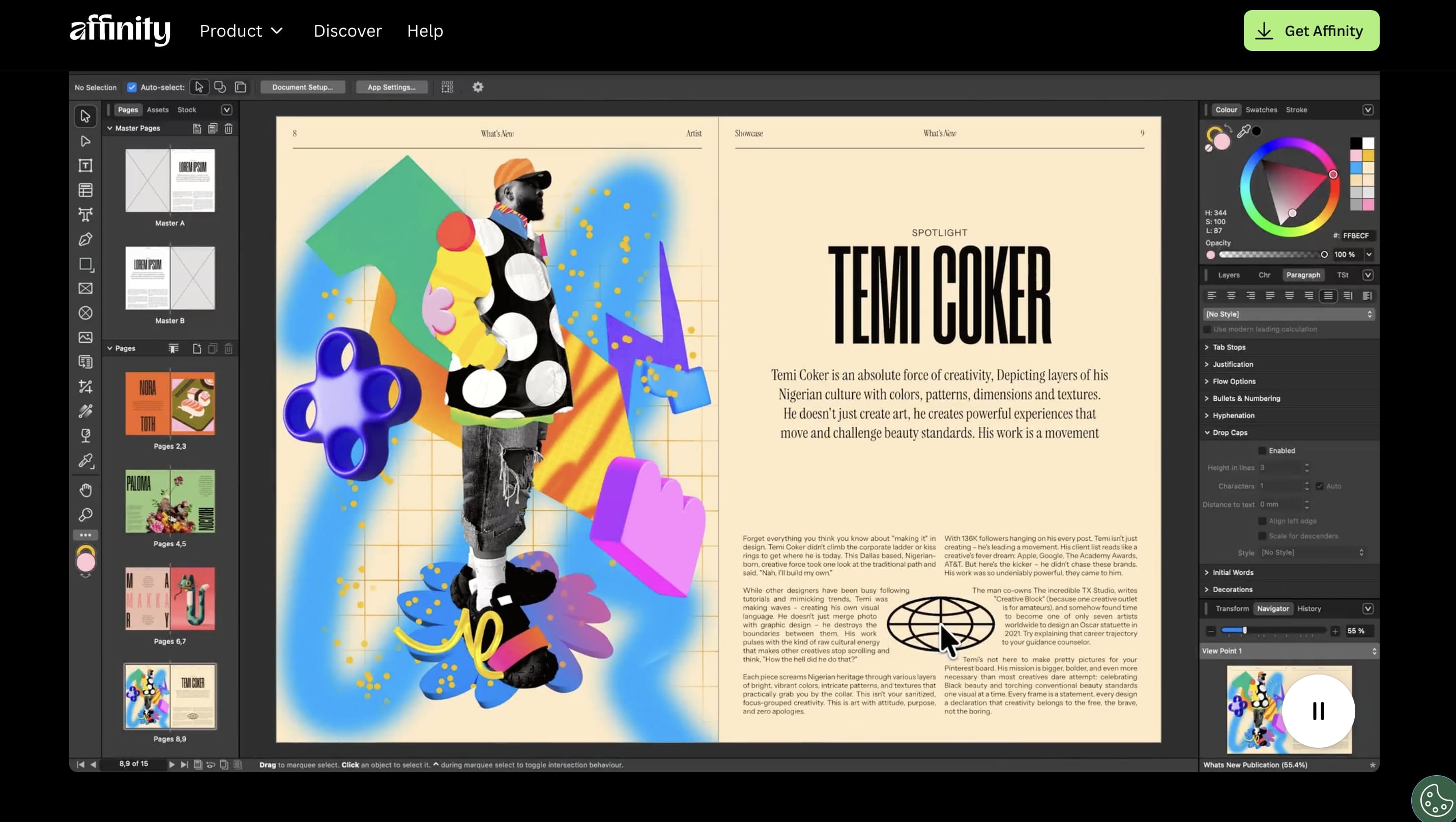
Producing Marketing Materials
When it's time for lookbooks, packaging inserts, or retail signage, Canva alone might not cut it. You need more layout control, print specs, and design freedom than its template system allows.
Affinity Publisher wraps in that control with bleed marks, multiple-page layouts, and branded design systems. Then Canva takes those assets and repurposes them: ad graphics, email campaigns, website banners. That dual-tool approach means your brochure and your Instagram post look like they came from the same world.
For ecommerce brands juggling speed and polish, it’s not Canva vs. Affinity. It’s Canva with Affinity — and partners like Pixofix — in one smart, integrated story.## Before-and-After Comparisons
Impact on Product Photography
Raw product shots rarely tell the full story. They're flat. Harsh lighting, off-tone colors, and inconsistent backgrounds break the spell. But when you push them through a Canva + Affinity workflow, the transformation is immediate.
Start in Affinity Photo. Correct the lighting, even out skin tones, erase lint, punch up colors. Apply calibrated adjustments that elevate realism without over-editing. Then pull those visuals into Canva — add price tags, badges, shipping info, or bundles. Suddenly it's not just a photo. It's a branded sales asset.
Teams using Pixofix as their retouching partner often hand over studio images in bulk. The before shots feel clinical. The afters feel cinematic — shadows falling just right, product textures humming with clarity. Perfect for Shopify, Amazon, or any high-converting PDP.
Transforming Social Media Images
Before: a solid product image. It works, but it scrolls past.
After: the same product, background softened and color-graded in Affinity, then placed in a vibrant Canva layout tailored to Instagram Reels or TikTok thumbnails. Add motion graphics, on-brand type, and it’s no longer just content — it’s a stop-scroll moment.
This before-and-after workflow is built for speed. Affinity nails the asset quality. Canva launches it into templates for every channel — resized, repurposed, ready. For social teams, that’s power. You don’t just create posts. You build a visual echo of your brand everywhere it appears.
Common Mistakes to Avoid
Ignoring Brand Consistency
The fastest way to lose trust? Jarring visuals. If your email banner uses one filter and your product page uses another, customers notice — and bail.
Canva’s brand kit helps avoid this, but brands still slip when they pull in third-party edits or DIY retouching. Affinity lets you lock in exact hues, gradients, and typographic spacing — the stuff that keeps your brand voice visually fluent. Teams like Pixofix often work off a defined “brand image spec” to ensure every retouch reflects cohesion, not chaos.
Don’t assume the template does the job. Define your rules, and stick to them across tools.
Overcomplicating Designs
Less design is often more digestible. Templates are meant to guide, not overwhelm. But too many designers — especially under tight deadlines — cram slides with effects, icons, dropshadows, and overlay text.
Affinity makes complex layouts tempting, and Canva makes them easy to publish. The result? Visual noise that kills conversion.
Focus on clarity. Every element should fight for attention — and earn its spot.
Neglecting Mobile Optimization
Most ecommerce browsing happens on phones. So if your Canva template looks great on desktop but the “Add to Cart” blurb disappears on mobile, you’re leaking sales.
Always preview in mobile dimensions. Canva’s resizing tools help, but Affinity comes in clutch for rebuilding assets that need tighter composition or different crops.
Mobile-first isn’t a suggestion. It’s survival.
Optimization Tips for Best Results
Leveraging Templates Effectively
Templates are your launchpad — not your final destination. A great design starts with structure, but branded impact comes from strategic modification.
Canva’s ecommerce-specific templates often do 60% of the work. From there, adjust spacing, replace placeholder imagery with Affinity-enhanced shots, and fine-tune CTAs. Remove anything generic.
The best brands don’t look templated. They just move faster because they started smart.
Using Color Theory Strategically
Color isn’t decoration. It’s emotion with intent.
Affinity gives you tight control over color grading, balance, and gradients — down to curves and tone mapping. Canva lets you apply your brand palette at scale. But don’t stop at brand colors. Use color to guide clicks.
Want urgency? Red accents trigger action. Want calm? Cool tones keep people scrolling longer. Pixofix’s editors often adjust base colors subtly to tune product emotion without drowning in saturation.
Match emotional tone to campaign goal. That’s how color moves product.
Maintaining Image Quality
Compression kills credibility.
Exporting from Affinity? Use TIFF or high-res JPEGs before uploading to Canva. Canva’s export settings are solid, but pushing already-compressed images will wreck sharpness.
If your ecommerce team pushes volume, work with a pipeline partner like Pixofix that delivers high-res, optimized exports by default. From PDPs to lifestyle shots, every pixel should earn its place.
Low quality looks lazy. High quality sells.
Metrics to Measure Design Success
Turnaround Time Efficiency
Design speed isn’t just a nice-to-have — it’s a KPI. If your Canva-Affinity pipeline takes days instead of hours, you’re missing windows for campaigns, drops, or influencer alignment.
Track time from brief to publish. Benchmark against campaign success. Many teams reduce turnaround by integrating Pixofix into their retouching loop — handling precision edits while internal teams prep layouts in Canva.
The faster you ship, the faster you learn what works.
Quality Score Assessment
Speed without quality is noise.
Define what “quality” means for your team. Consistency in shadows. No pixelation. Brand-aligned typography. Run audits side-by-side: Affinity edit vs. raw photo vs. live ad. Rate on realism, polish, and coherence.
When an image needs a rework more than once, something's broken in your pipeline. Tighten that feedback loop and design spec.
Quality isn’t subjective when it’s brand-critical.
Engagement Metrics for Social Media
Engagement data tells you what visuals clicked — literally.
Use A/B tests. Same post copy, different image treatments. One Canva-only. One run through Affinity-first edits. Track saves, shares, swipe-ups, and CTR.
Patterns emerge fast. Maybe warmer tones drive more likes. Maybe modeled shots perform better than flat lays. Feed that intel back to your editing and design approach — not from guesses, but from data.
Let your scroll data write your visual roadmap.
Future Trends with Canva Affinity
Advancements in Design Technology
Design tools are evolving toward one-click magic — but nuance still wins.
Canva’s AI features already speed up resizing, background removal, and color matching. Affinity continues pushing high-speed rendering and nondestructive workflows that rival Adobe.
The next leap? Live photo editing in-browser. Parametric filters that evolve with your brand colors. Real-time collaborative retouching.
Brands that learn how to ride both — quick AI magic in Canva, deep manual finesse in Affinity — will outpace teams stuck in single-tool thinking.
The Role of AI in Design
AI is no longer a feature. It’s a design co-pilot.
In Canva, Magic Design auto-builds whole layouts. In Affinity, AI supports object detection and tone balancing. Teams like Pixofix fold AI into their pipeline, using it for speed but hand-editing for brand integrity.
What’s next? Personalized design suggestions based on your best-performing campaigns. AI that suggests retouch treatments based on your product category.
But the goal isn’t replacing creatives. It’s making them faster, sharper, more focused on storytelling. That’s the future: AI for lift, humans for vision.

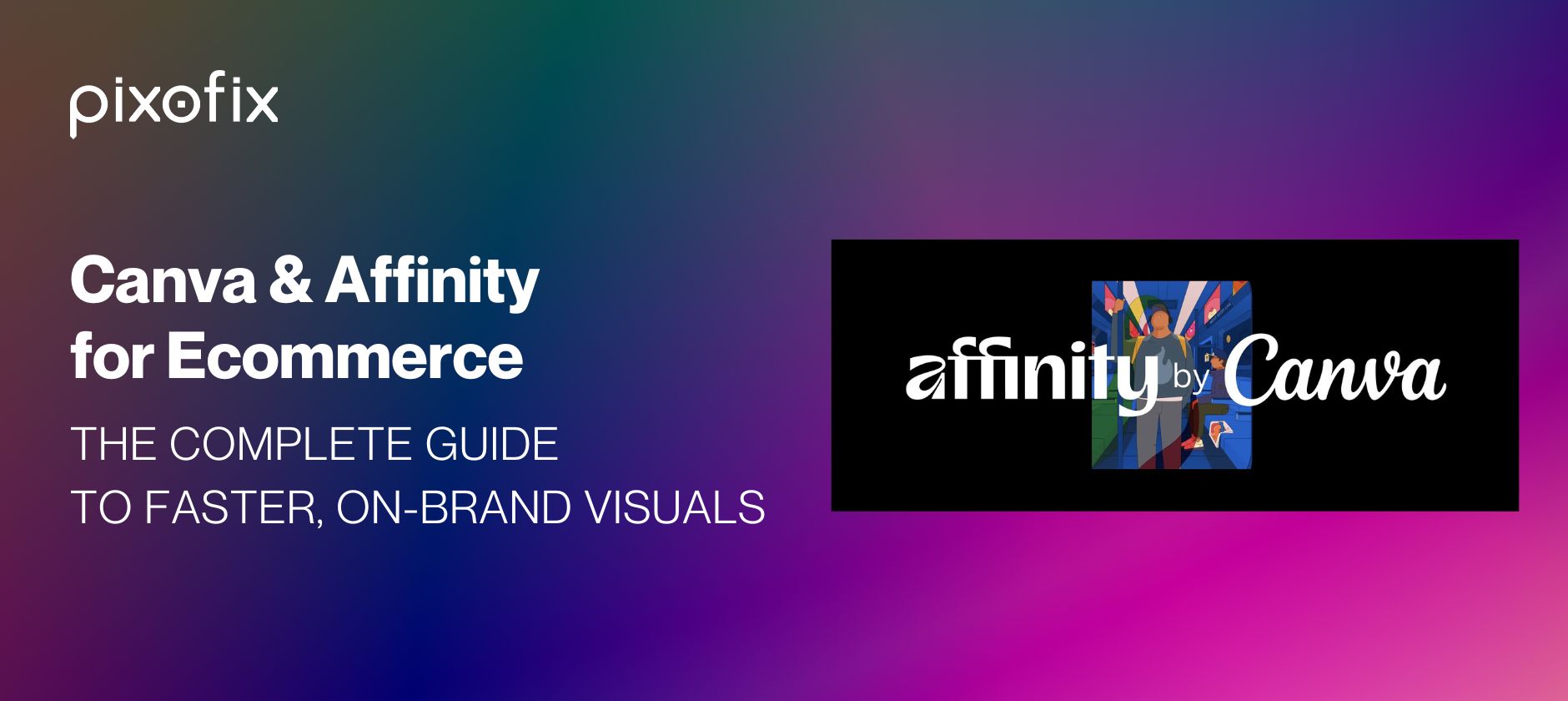



%20(8).jpg)
.png)

.png)
